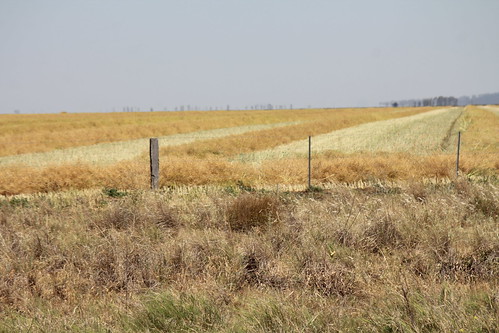This is a fertility myth that centers around the love of a mother for her child and the sacrifices that mothers make for their children where rogue fathers are concerned. I am a mother and I gave birth three times and because of this I am invisibly connected to my children for eternity whether they like it or not.
The NOT liking of it will come to no apparent good in their lives though. This heart lesson has been thrust in their paths to see the strength of their hearts and after a short time into the test we already have an answer from the Oracle of my heart.
The NOT liking of it will come to no apparent good in their lives though. This heart lesson has been thrust in their paths to see the strength of their hearts and after a short time into the test we already have an answer from the Oracle of my heart.
Demeter is the Daughter of Chronos and Rhea and sister of Zeus by whom she gave birth to Persephone.
Demeter´s abundance (Photo credit: AlicePopkorn)
Persephone is queen of the Underworld and Homer describes her as the "formidable, venerable majestic queen of the underworld". It is said she effects the curses of men upon the souls of the dead. (Zeus and Demeter are Persephone's parents but they are also brother and sister).
In ancient Greek religion and in myth, Demeter is portrayed as the goddess of the harvest. She presides over the grains and over the fertility of the earth. Her cult titles include Sito, "she of the Grain", as the giver of food or grain and the festival of Thesmophoros.
Demeter is often pictured as one holding a Cornucopia of Fruit and Vegetables.
(θεσμός, thesmos: divine order, unwritten law; "phoros": bringer,
"Law-Bringer," as a mark of the civilized existence of agricultural societyAlthough Demeter is often described as the goddess of the harvest, she also presided also over the sacred law, and the cycle of life and death.
She and her daughter Persephone were the central figures of the Eleusinian Mysteries that predated the Olympian pantheon.
In the Linear B Mycenean Greek tablets of circa 1400–1200 BC found at Pylos, the "two mistresses and the king" may be related with Demeter, Persephone and Poseidon.Greek and Roman Gods and Goddesses had equivalents and Demeter's Roman equivalent is Ceres.Linear B is a syllabic script that was used for writing Mycenaean Greek, the earliest attested form of Greek. The script predates the Greek alphabet by several centuries.Mycenaean Greek is the most ancient attested form of the Greek language, spoken on the Greek mainland, Crete and Cyprus in the 16th to 12th centuries BC, before the hypothesised Dorian invasion which was often cited as the terminus post quem for the coming of the Greek language to Greece.The language is preserved in inscriptions in Linear B, a script first attested on Crete before the 14th century BC. Most instances of these inscriptions are on clay tablets found in Knossos in central Crete, and in Pylos in the southwest of the PeloponneseDemeter's greatest gifts to humankind were agriculture, particularly of cereals, and the Mysteries which give the initiate higher hopes in this life and the afterlife.These two gifts were intimately connected in Demeter's myths and mystery cults. In Homer's Odyssey she is the blond-haired goddess who separates the chaff from the grain. In Hesiod, prayers to Zeus-Chthonios (chthonic Zeus) and Demeter help the crops grow full and strong.Demeter's emblem is the poppy, a bright red flower that grows among the barley. Demeter's character as mother-goddess is identified in the second element of her name meter (μήτηρ) derived from Proto-Indo-European *méh₂tēr (mother)
"Jacob Jordaens- Al·legoria de la Pau" by This image was provided to Wikimedia Commons by Biblioteca Museu Víctor Balaguer as part of an ongoing cooperative GLAMWIKI project with Amical Wikimedia. The artifact represented in the image is part of the permanent collection of Biblioteca Museu Víctor Balaguer. . Licensed under Public domain via Wikimedia Commons.

No comments:
Post a Comment